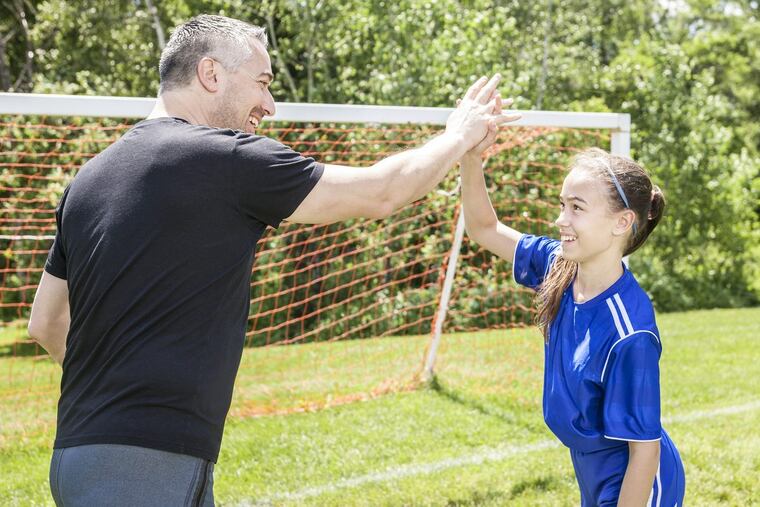Do the benefits of youth sports outweigh the risks?
The National Athletic Trainers' Association offers tips to help prevent injuries associated with playing youth sports.

Participation in youth sports has declined over the past decade for a variety of reasons: an increased interest in video games and other activities, a growing concern about the long term effects of injuries, and the cost can be prohibitive.
A recent nationwide survey commissioned by the National Athletic Trainers' Association found while more than four out of five parents surveyed believe the benefits of sports participation outweigh the risks, concerns over safety still run high. More than half the parents surveyed said they have or would prevent their child from participating in a sport because of concerns about the risks.
We asked Tory Lindley, MA, ATC, president of NATA, to tell us more about the survey and offer tips on injury prevention. NATA has set out to try to alleviate concerns by offering resources to educate parents and athletes on sports safety.
Have you generally seen more concern among parents about participation in youth sports? Does the survey reflect this?
My fellow athletic trainers and I are encouraged that parents are becoming increasingly proactive in ensuring their children are safe while participating in sports. Just like parents, athletic trainers are interested in safe play for all, and more and more we find ourselves engaging in conversations with parents about sports safety. We're at practices and on the field during games and are available to provide the proper diagnosis, treatment and rehabilitation of injuries and injury prevention to ensure kids can play safely while enjoying the benefits of sports participation.
What injuries are the most common in sports?
The survey found parents' biggest fears are broken bones, sprains, and strains and concussion followed by dehydration and heat illness, overuse or stress-related injuries, and dental injuries. This matched up with some of the most common injuries in student athletes – sprains (mostly ankle), muscle strains, bone or growth plate injuries, repetitive motion injuries and heat-related illness.
Athletic trainers believe parents will feel better about their kids' sports participation once they know the steps to keep them safe. One of the National Athletic Trainers' Association's goals is to help educate parents on their role in preventing sports injuries and how athletic trainers can help.
Why do the benefits outweigh the risks in youth sports?
The benefits of youth sports far outweigh the risks, especially when athletes follow safety guidelines. Health benefits are clearly a major advantage, with lower rates of obesity, heart disease, stroke and cancer among adults who participated in high school sports and remain active. Studies show the positive impact of sports on learning and mental health, too. High school students who participate in sports are far less likely to drop out, have consistently higher grades and are 15 percent more likely to attend college.
Sports help kids acquire better life skills. People who played competitive sports in high school have more confidence, self-respect and leadership skills. They're better at setting goals and managing their time. Women in particular benefit: one study found that 82 percent of female executives said they played organized youth sports and 60 percent agreed that sports participation gave them a competitive edge in the business world.
What can parents do to help prevent or reduce sports-related injuries?
Before a child begins to participate in sports at a local recreational center, youth league or school, parents need to be well informed of existing health issues and potential risks associated with physical activity. The best way to do this is to know which questions to ask to ensure their child's safety, starting with learning who will provide medical care during games and practices. Ask if a dedicated health professional – ideally an athletic trainer – will be present to reduce risk and provide emergency care.
Parents should ask about the coaches' training and learn the signs and symptoms of injuries and illnesses, including concussion and heat illness. It's also important for children to see a doctor before the season begins for a pre-participation physical exam. Any relevant medical information should then be shared with the coach.
At NATA, we believe the benefits of sports far outweigh the risk and want to equip parents with information and resources to help mitigate risk. That's why we've launched the Share Your Story campaign, which features a video series of testimonials from professional athletes, coaches and sports medicine physicians with the first series highlighting the role of parents in sports safety. We also have a Parent Checklist for Youth Sports Safety to help parents learn how to advocate for a safer approach to sports for their child.